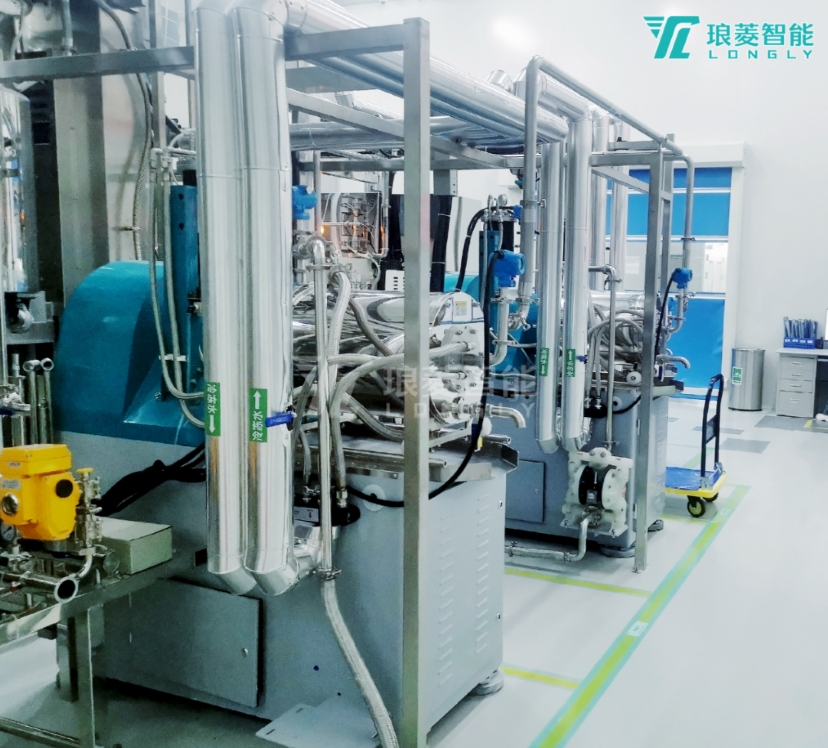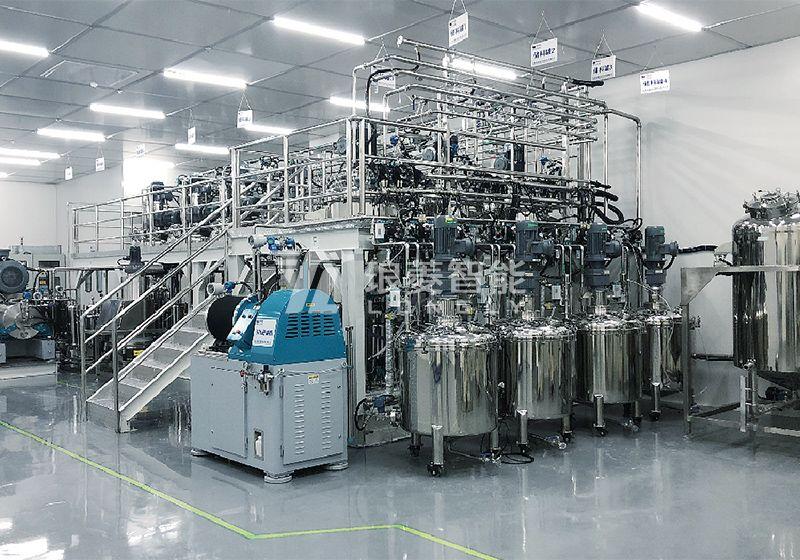
Bead mills usually generate a lot of heat during the grinding, and these energies will accumulate as the grinding continues, causing the temperature inside the grinding chamber to rise rapidly. For most materials or slurry, there is the maximum temperature that they can withstand during the grinding. The properties change if the temperature exceeds the limit. Therefore, controlling the grinding temperature with the chiller within an appropriate range is particularly important.
So how does the chiller work and cool the bead mill? To answer this question, first, we need to analyze the cooling principle of the chiller. The chiller refrigeration is via vapor compression, adsorption, or absorption cycles. The heat is released when the refrigerant is liquefied and absorbed when vaporized. This requires the chilled water under constant pressure, flow, and temperature, to reach continuous refrigeration.
When the chilled water flows into the jacket outside the grinding chamber of the bead mill machine, the inside of the grinding chamber is quickly cooled down. The water that absorbs a large amount of heat enters the chiller, and the refrigerant vaporizes and absorbs heat to cool the chilled water again. Then the cooled chilled water goes back to the jacket of the grinding chamber, thereby providing chilled water in circulation.

The vapor-compression chiller consists of three interrelated systems: refrigeration media circulation, cooling water circulation, and automatic electrical control. In this process, the refrigerant that evaporates after absorbing the heat has to be in a complete gas phase and then reaches the compressor. After being compressed by the compressor, the refrigerant returns to the liquid phase and is back to the condenser. The whole process gets circulated via vaporizing by heat absorption to cool the chilled water. The four main components play a critical role, the circulating pump, the compressor, the condenser, and the evaporator.
Usually, the chiller applied to the agitator mill is compatible and the refrigerants are flexibly selectable according to the amount of heat from the grinding to achieve better cooling.
Knowing how the chiller works for the bead mill helps us choose a suitable chiller. First of all, the budget of the overall ratio. There are great price differences as the specifications and temperature control ranges vary. Even for chillers with similar specifications, the price varies due to different designs.

The second is the heat exchange capacity of the chiller. Only more efficient heat exchange can cool the grinding chamber faster and ensure better protection of the material or slurry during the grinding. Meanwhile, the service life of the chiller should be considered. Those featured in low noise, simple operation with small size, etc. are also better to apply in the bead mill.